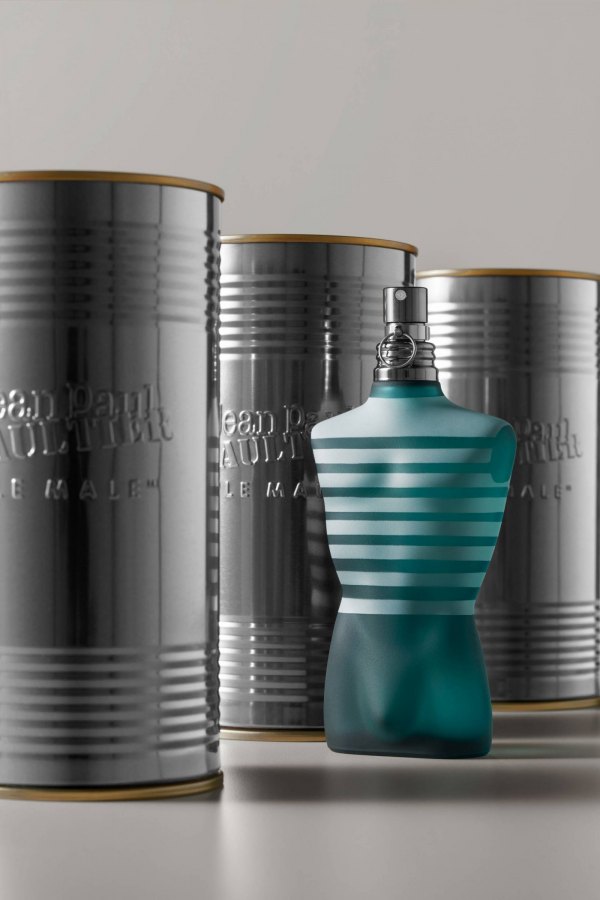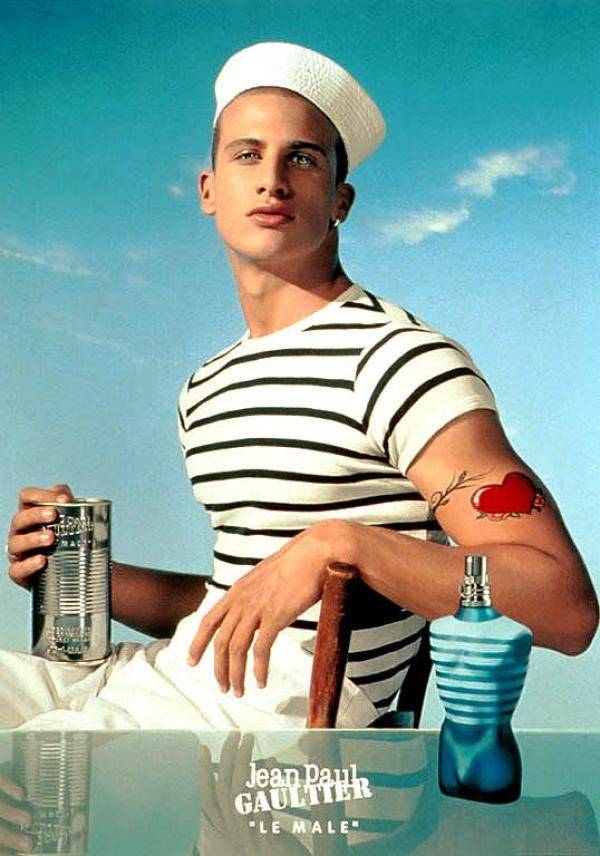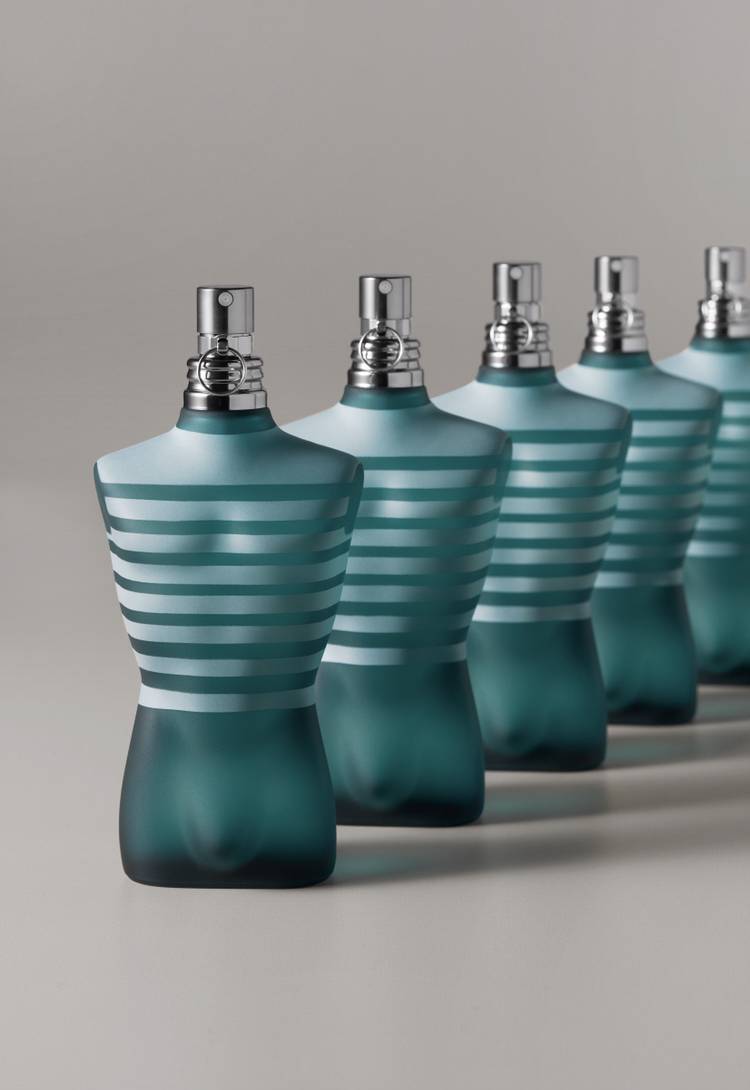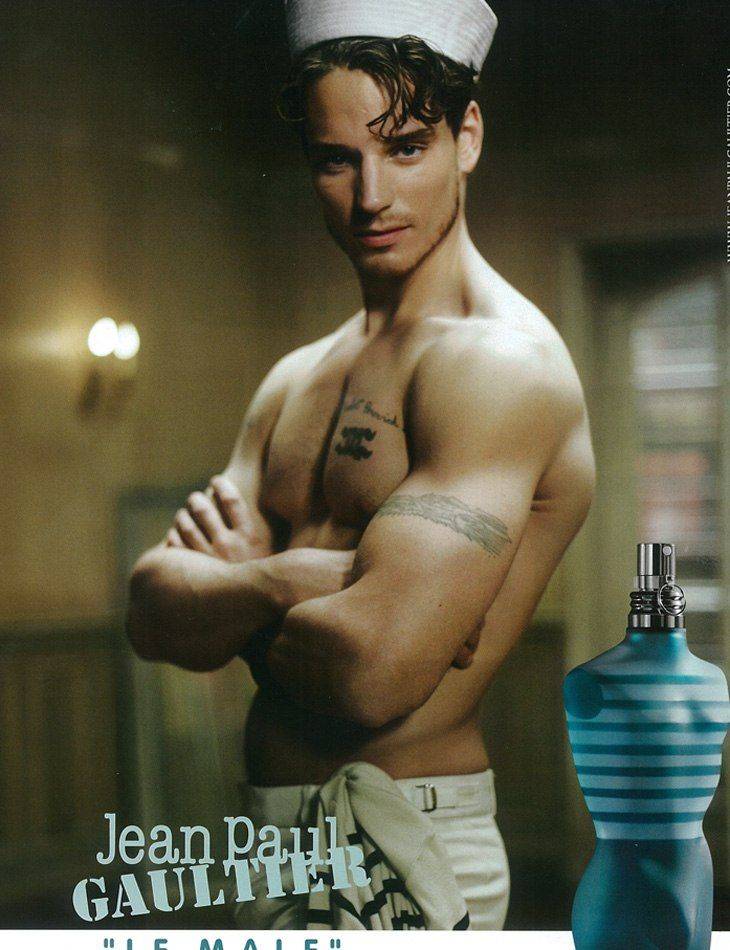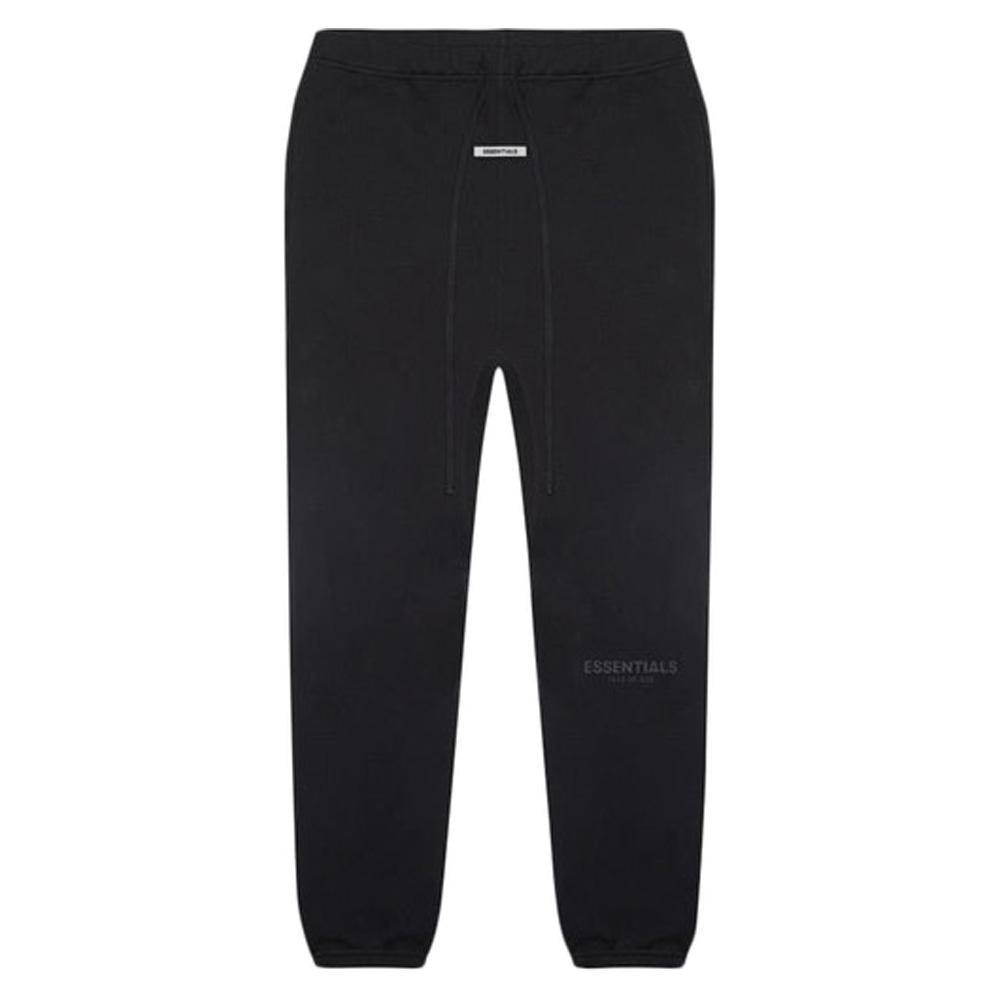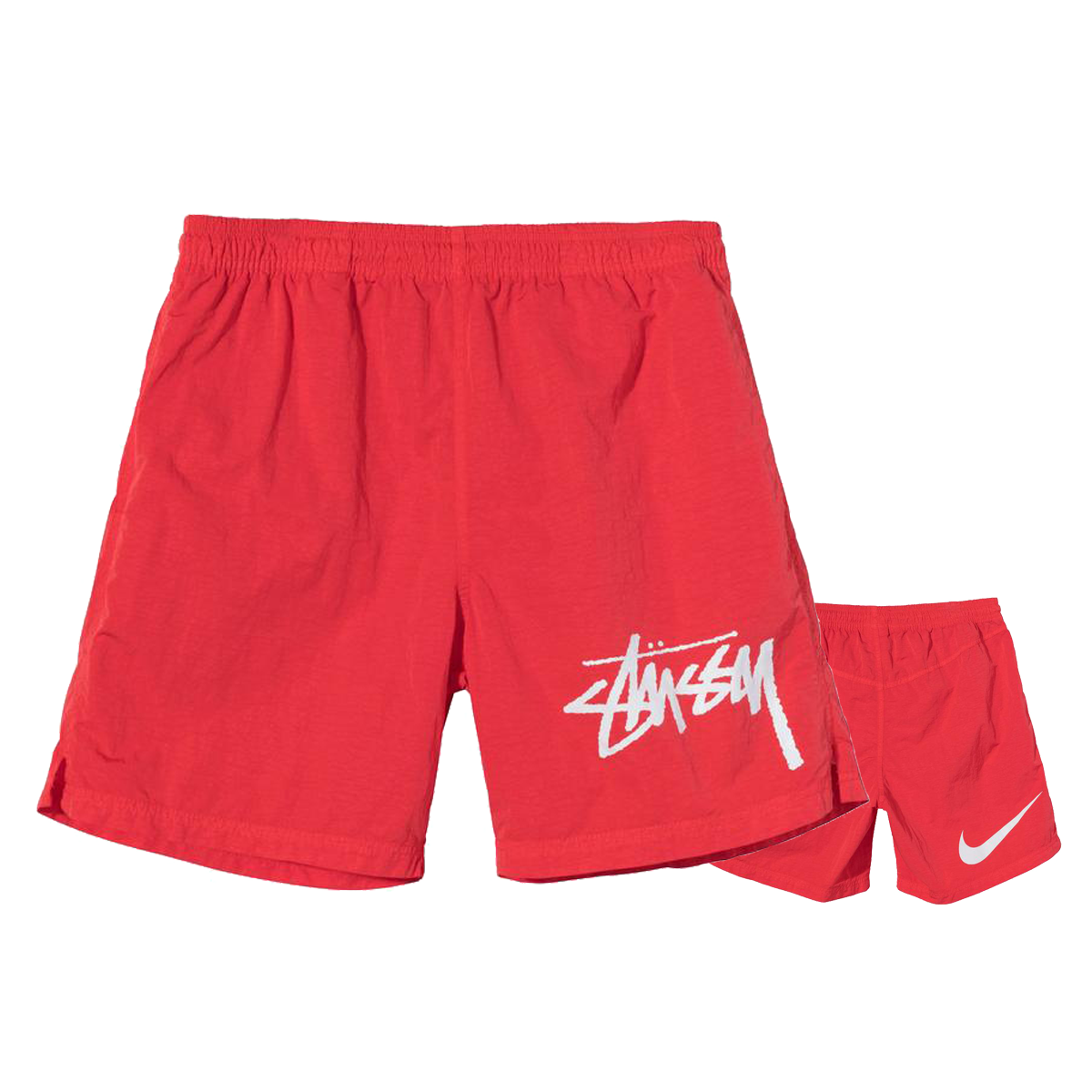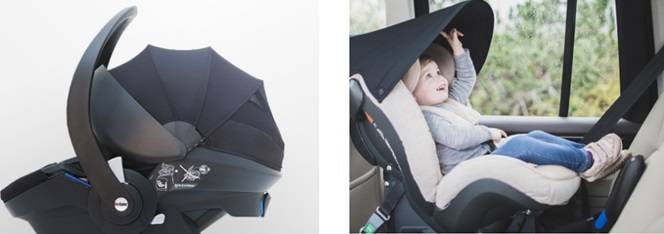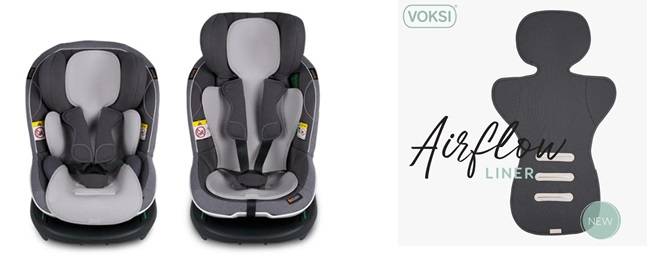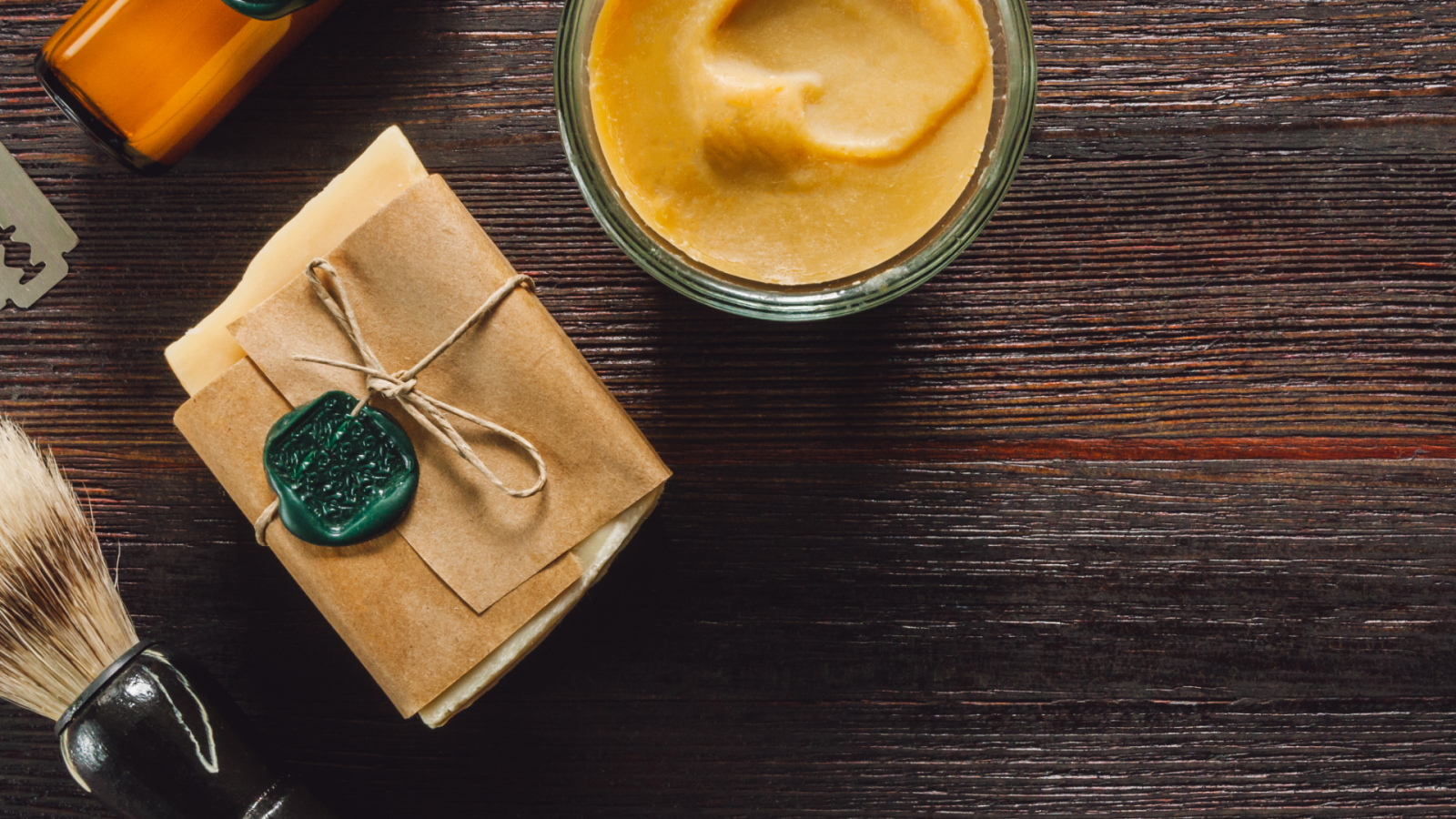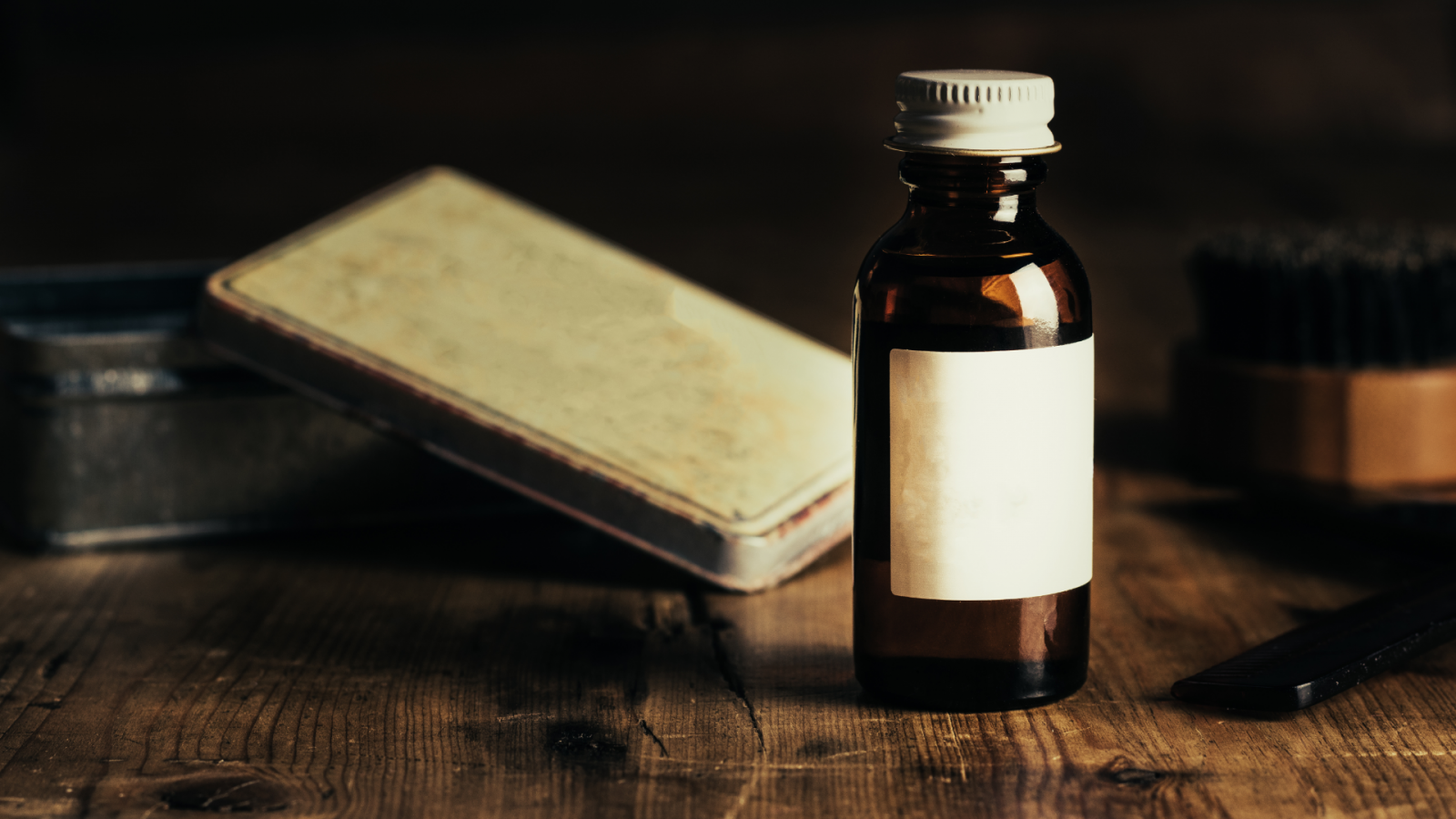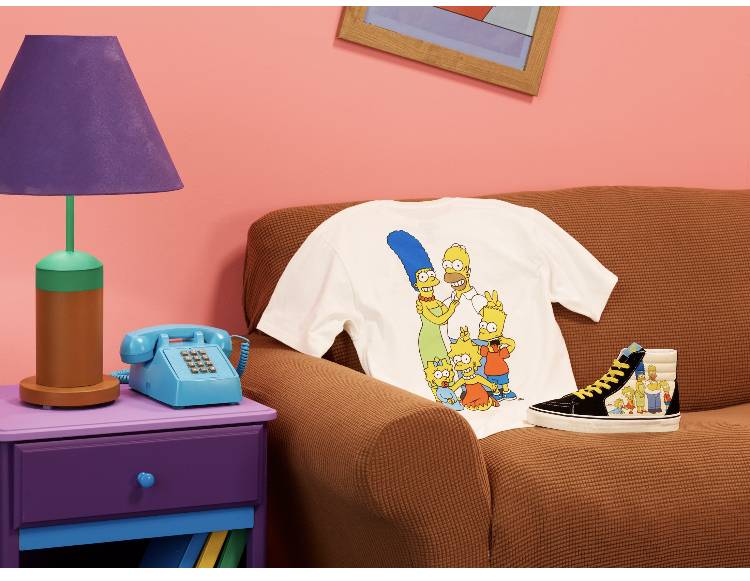 An American icon in its own right, Vans uses its collaborations to pay tribute to American culture. Surprise my, it’s only now this project has come to fruition. For over 30 years, The Simpsons television show, the longest-running primetime scripted show in television history has been a part of pop culture, providing hilarious insight into suburban family life. Currently airing its record-annihilating 31st season and in production on season 32, THE SIMPSONS has won 34 Emmy Awards (including its 11th in 2019 for Outstanding Animated Program), 34 Annie Awards, 9 Environmental Media Awards, 7 People’s Choice Awards and 13 Writers Guild of America Awards including the 2019 and 2020 Outstanding Writing in an Animated Program Award. THE SIMPSONS was the first animated series to win a Peabody Award, and in 2019 received the Institutional Peabody Award. It was nominated for an Academy Award in 2012 for the theatrical short “The Longest Daycare.” The Simpsons Movie was a hit feature film, their mega-attraction The Simpsons Ride at Universal Studios has received historic expansion updates with the addition of ‘Springfield’—winning a Thea Award in both 2009 and 2017. The show was honored with a Star on The Hollywood Walk of Fame in 2000. The Simpsons ongoing Tapped Out mobile game which launched in 2012 was a recipient of a Webby Award in 2018. It has been named the “Best Show of the 20th Century” by Time Magazine, called the “Greatest American Sitcom” by Entertainment Weekly in 2013, and declared “The Best TV Show Ever” in 2016 by vulture.com.
An American icon in its own right, Vans uses its collaborations to pay tribute to American culture. Surprise my, it’s only now this project has come to fruition. For over 30 years, The Simpsons television show, the longest-running primetime scripted show in television history has been a part of pop culture, providing hilarious insight into suburban family life. Currently airing its record-annihilating 31st season and in production on season 32, THE SIMPSONS has won 34 Emmy Awards (including its 11th in 2019 for Outstanding Animated Program), 34 Annie Awards, 9 Environmental Media Awards, 7 People’s Choice Awards and 13 Writers Guild of America Awards including the 2019 and 2020 Outstanding Writing in an Animated Program Award. THE SIMPSONS was the first animated series to win a Peabody Award, and in 2019 received the Institutional Peabody Award. It was nominated for an Academy Award in 2012 for the theatrical short “The Longest Daycare.” The Simpsons Movie was a hit feature film, their mega-attraction The Simpsons Ride at Universal Studios has received historic expansion updates with the addition of ‘Springfield’—winning a Thea Award in both 2009 and 2017. The show was honored with a Star on The Hollywood Walk of Fame in 2000. The Simpsons ongoing Tapped Out mobile game which launched in 2012 was a recipient of a Webby Award in 2018. It has been named the “Best Show of the 20th Century” by Time Magazine, called the “Greatest American Sitcom” by Entertainment Weekly in 2013, and declared “The Best TV Show Ever” in 2016 by vulture.com.
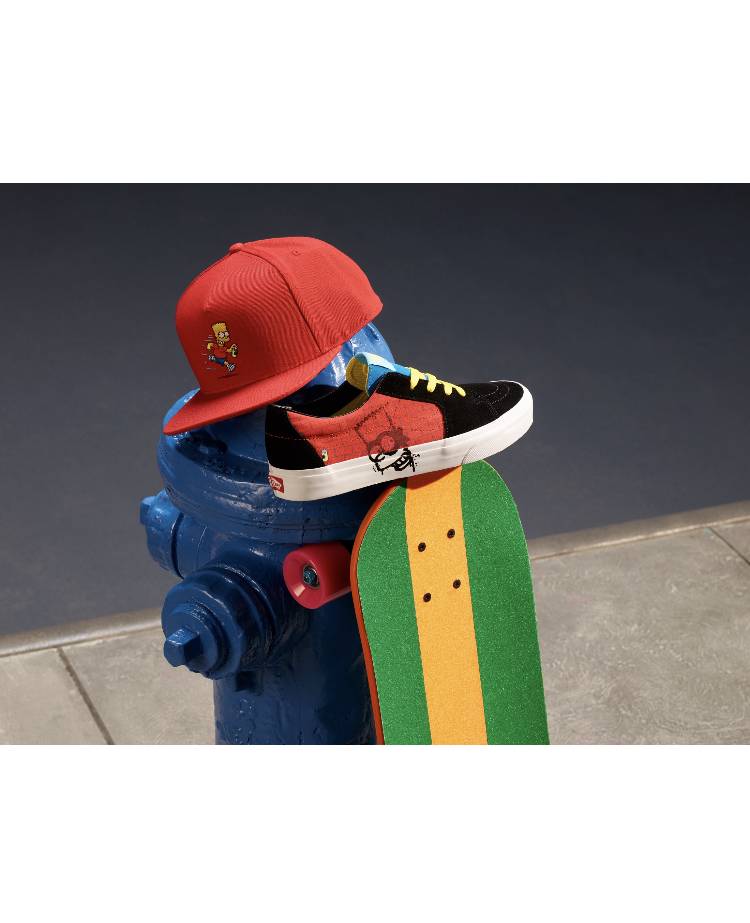 This season, Vans honors The Simpsons with a vibrant collection of footwear, apparel and accessories that celebrate iconic moments from the historic series.
This season, Vans honors The Simpsons with a vibrant collection of footwear, apparel and accessories that celebrate iconic moments from the historic series.
The Vans x Simpsons collection pays tribute to this all American phenomena, the Simpsons family (Homer, Marge, Bart, Lisa and Maggie) with depictions and references that diehard fans will appreciate. Key pieces from the collection include the Sk8-Hi and Men’s Chukka Pro. The entire Simpsons family makes an appearance on the outside of the Sk8-Hi, with the iconic checkerboard print on the medial in signature shades of blue and yellow.
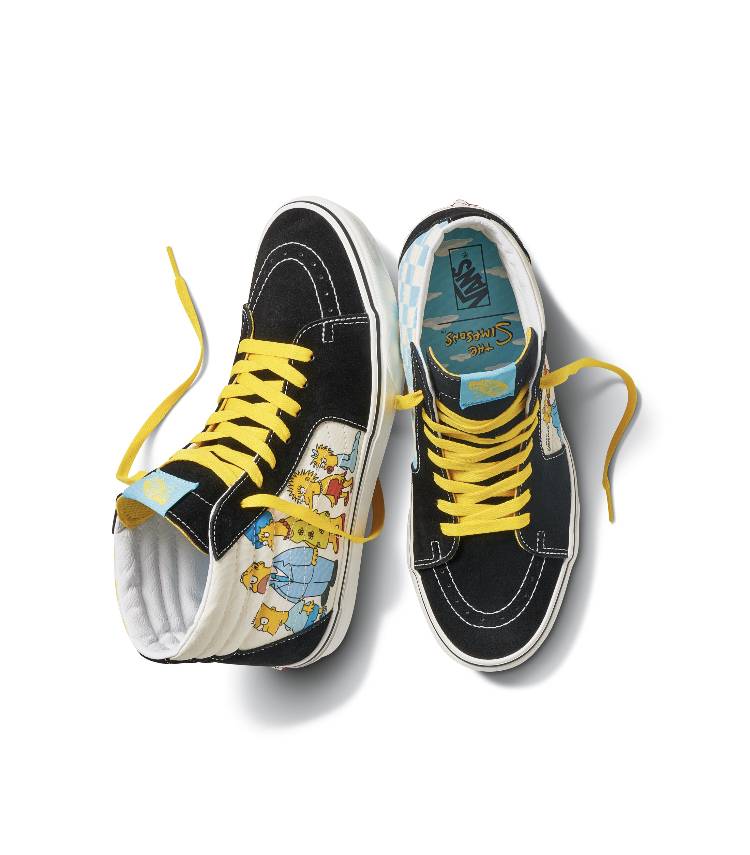 The Men’s Chukka Pro pays homage to Bart Simpson, the ever youthful 10-year-old prankster. A Bart-shaped skull and crossbones silhouette appear on the lateral side of the shoe. The Bart Chukka Pro is reinforced with Vans’ Duracap for added durability for skating around town. Bart’s pranks carry over to the pack’s Sk8-Low style which showcases a red brick medial tagged in Bart’s “El Barto” signature plus a graffitied self-portrait.
The Men’s Chukka Pro pays homage to Bart Simpson, the ever youthful 10-year-old prankster. A Bart-shaped skull and crossbones silhouette appear on the lateral side of the shoe. The Bart Chukka Pro is reinforced with Vans’ Duracap for added durability for skating around town. Bart’s pranks carry over to the pack’s Sk8-Low style which showcases a red brick medial tagged in Bart’s “El Barto” signature plus a graffitied self-portrait.
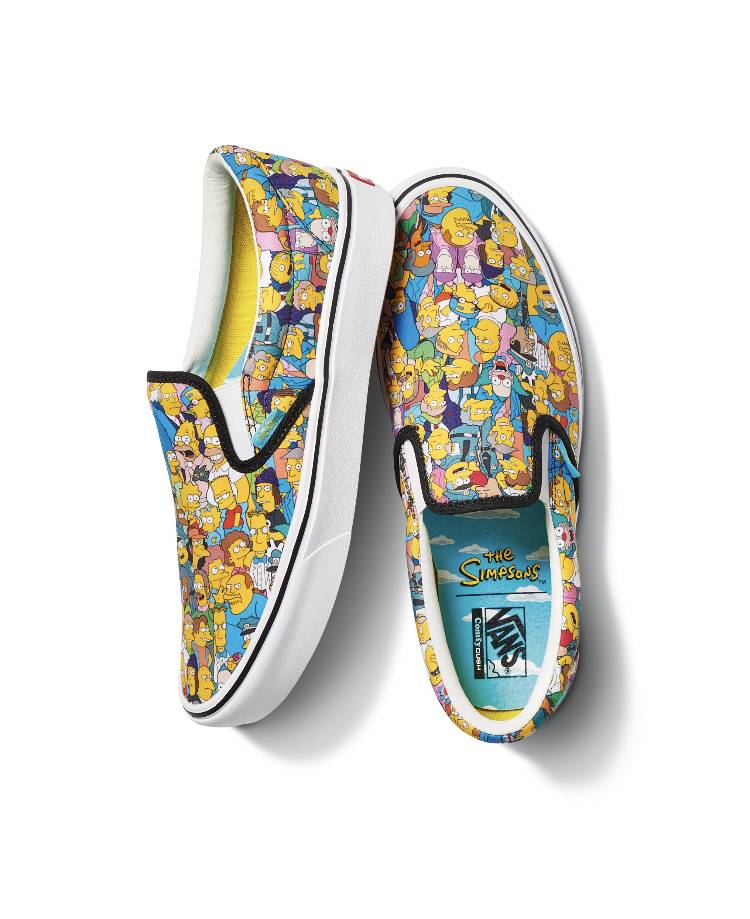 The footwear assortment is rounded out with eight more styles that pay homage to beloved Simpsons characters. Moe and the Bouviers occupy Old Skool colorways while Scratchy gets a toon-filled Era style. Lisa is featured on a lavender Sk8-Hi, while Mr. Plow rightfully resides on a Sk8-Hi MTE style. Rounding out the footwear collection is a skate-approved color block Slip-On Pro along with a Slide-On sandal inspired by the famous pink Homer Simpson donuts.
The footwear assortment is rounded out with eight more styles that pay homage to beloved Simpsons characters. Moe and the Bouviers occupy Old Skool colorways while Scratchy gets a toon-filled Era style. Lisa is featured on a lavender Sk8-Hi, while Mr. Plow rightfully resides on a Sk8-Hi MTE style. Rounding out the footwear collection is a skate-approved color block Slip-On Pro along with a Slide-On sandal inspired by the famous pink Homer Simpson donuts.
 With the collection’s apparel line, fans of the show will find a variety of women’s and men’s styles. The Lisa Fleece features a purple color block fleece crew with raglan sleeves and bright “Lisa Simpson for President” on the back and front chest. The accompanying Simpsons Check Backpack features Vans’ iconic checkerboard print in Simpsons-inspired yellow, featuring close-ups of Lisa’s face and a rubberized logo patch on the front zip pocket. The Lisa look is complete with a “Lisa 4 Prez” short-sleeved tee paired with a matching hat and fanny pack.
With the collection’s apparel line, fans of the show will find a variety of women’s and men’s styles. The Lisa Fleece features a purple color block fleece crew with raglan sleeves and bright “Lisa Simpson for President” on the back and front chest. The accompanying Simpsons Check Backpack features Vans’ iconic checkerboard print in Simpsons-inspired yellow, featuring close-ups of Lisa’s face and a rubberized logo patch on the front zip pocket. The Lisa look is complete with a “Lisa 4 Prez” short-sleeved tee paired with a matching hat and fanny pack.
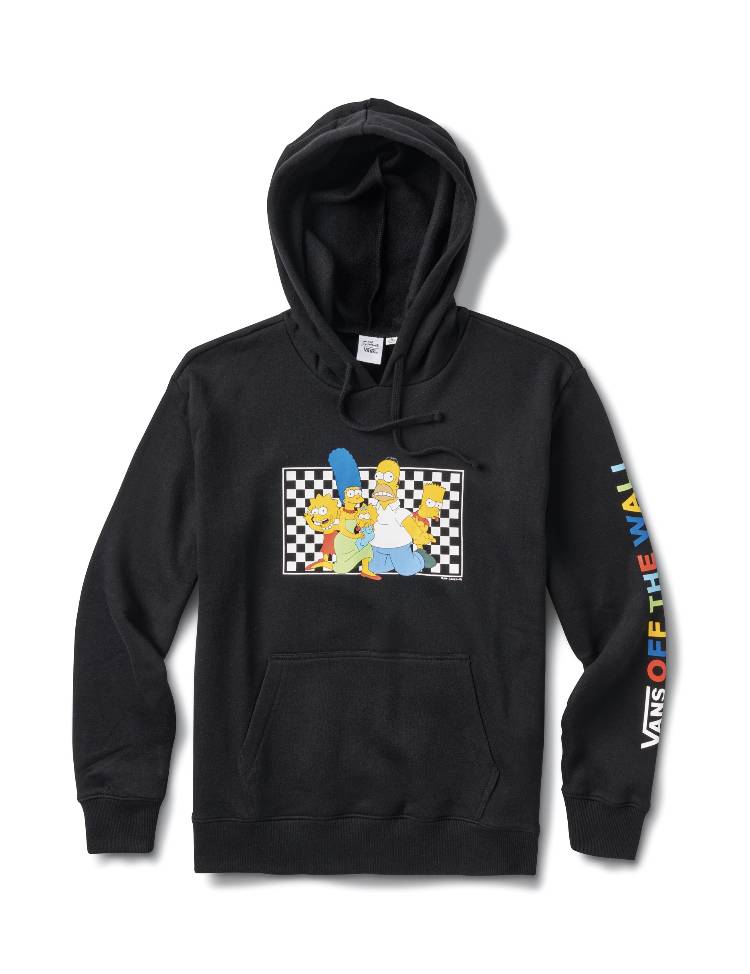 For the men’s apparel, The Simpsons short-sleeve tee features a logo on the chest and a family scene on the back, a tribute to the show’s famous couch gag intro.
For the men’s apparel, The Simpsons short-sleeve tee features a logo on the chest and a family scene on the back, a tribute to the show’s famous couch gag intro.
The collection offers a white and black hoodie, both featuring the entire Simpson family and is accompanied by logos on the sleeves. Standing out is the blue Bart-inspired hoodie with a Bart skull design on the back and chest. The Simpsons long-sleeve tee features “El Barto” fleeing with graffiti can in hand, and the knit short-sleeve tee (a Pro Skate exclusive) is covered in Bart Simpson skull and crossbones.
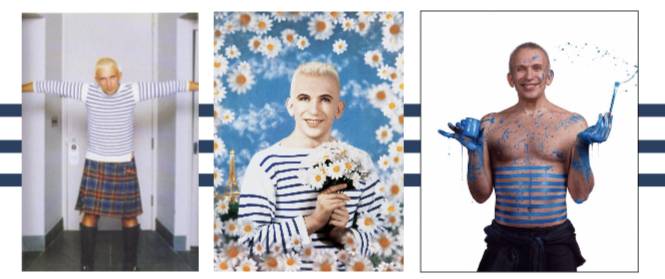 From 1984, with his first Men’s Collection with its fetishised naked-backed men, Jean Paul Gaultier has been, in the eyes of the world, season after season, event after event, the ‘enfant terrible’ and, as many called him, the father, of men’s fashion.
From 1984, with his first Men’s Collection with its fetishised naked-backed men, Jean Paul Gaultier has been, in the eyes of the world, season after season, event after event, the ‘enfant terrible’ and, as many called him, the father, of men’s fashion.